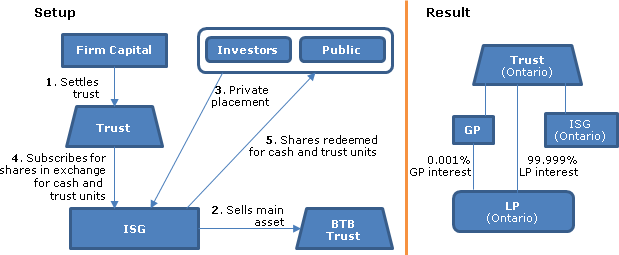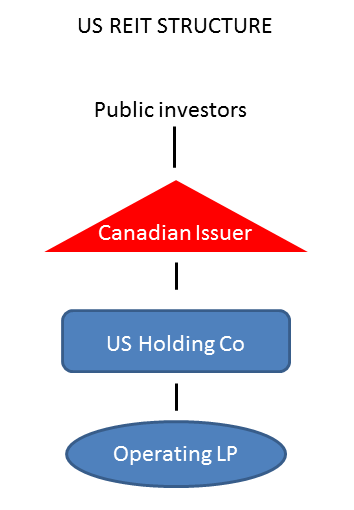Should Canadians own RealEstate Income Trusts (REITs)
Post on: 30 Март, 2015 No Comment

Real Estate Investment Trusts (REITs, pronounced reets), which invest in and manage commercial real estate such as office buildings, shopping malls and apartment buildings and distribute most of their income to shareholders, have risk-return characteristics different than those of stocks and bonds and thus provide valuable diversification benefits in a portfolio. But, there is a variety of opinion on how much REITs (if at all) should be added to a portfolio .
In his book, Unconventional Success. David Swensen makes a strong case for adding REITs to a portfolio. Noting that REITs have characteristics of both fixed-income (due to the regular rents paid by the tenant as per the lease agreement) and equities (due to the renewal risk as leases approach expiry), Mr. Swensen suggests a 20% allocation to real estate in his generic portfolio that has 70% in equities (including real estate) and 30% in fixed income.
The Intelligent Portfolio (review ), on the other hand, advises caution on REITs. The author, Christopher Jones, points out that stock owners already have exposure to real estate as large public corporations own most of the commercial real estate in the U.S. Given the short history of REITs, he is not convinced that they provide meaningful diversification and points out that home owners already have enough real estate in their household assets. In Canada, REITs are included in the TSX Composite Index and corporations such as Brookfield Asset Management (TSX: BAM.A, NYSE: BAM) are heavily invested in real estate. Due to his misgivings, Mr. Jones suggests that investors allocate no more than 10% of their total assets to REITs .
Due to the conflicting messages, I wondered what William Bernstein had to say about REITs. Heres what he writes in The Four Pillars of Investing (review ): But with some trepidation, I think that there are two sectors worth considering: REITs (real estate income trusts) and precious metal stocks and concludes that the maximum exposure you should allow for this asset class is 15% of your stock component.

In my personal portfolios (and my benchmark Sleepy Portfolio ), I have allocated 5% of the total value to REITs but dont have a good rationale for that specific number (other than it is the minimum allocation to any asset class in the portfolio). Canadian investors can get exposure to REITs through the iShares CDN REIT ETF (TSX: XRE). The XRE is also a prime candidate for unbundling the ETF and directly investing in the underlying securities as the MER for the ETF is a bit on the higher side.
If you are sold on the merits of adding REITs to your portfolio, now may not be a bad time to do so. After providing double-digit returns for many years, REITs are now well off the previous highs and trade at an estimated 15% discount to net asset value (Source: TD Securities) and yielding an average of 7%, a spread of 2.75% over 10-year bonds.














